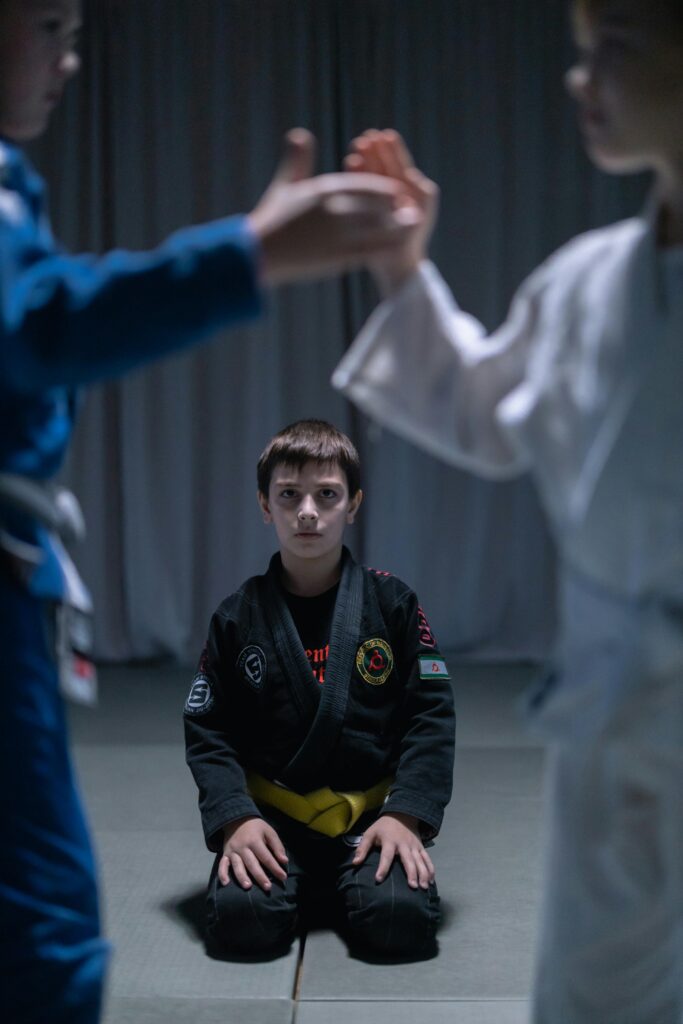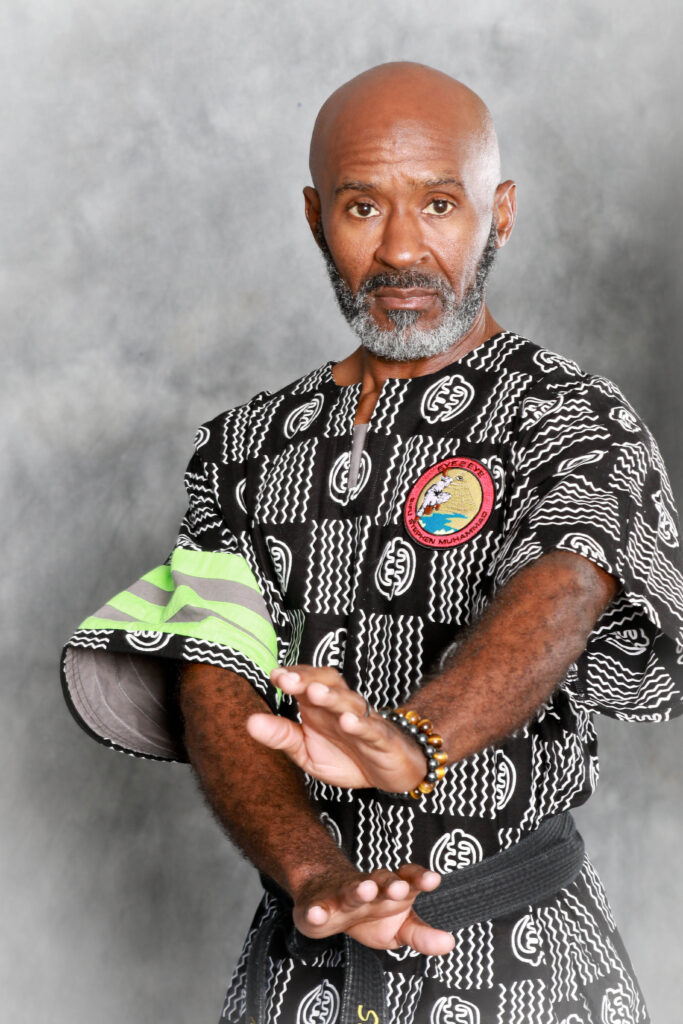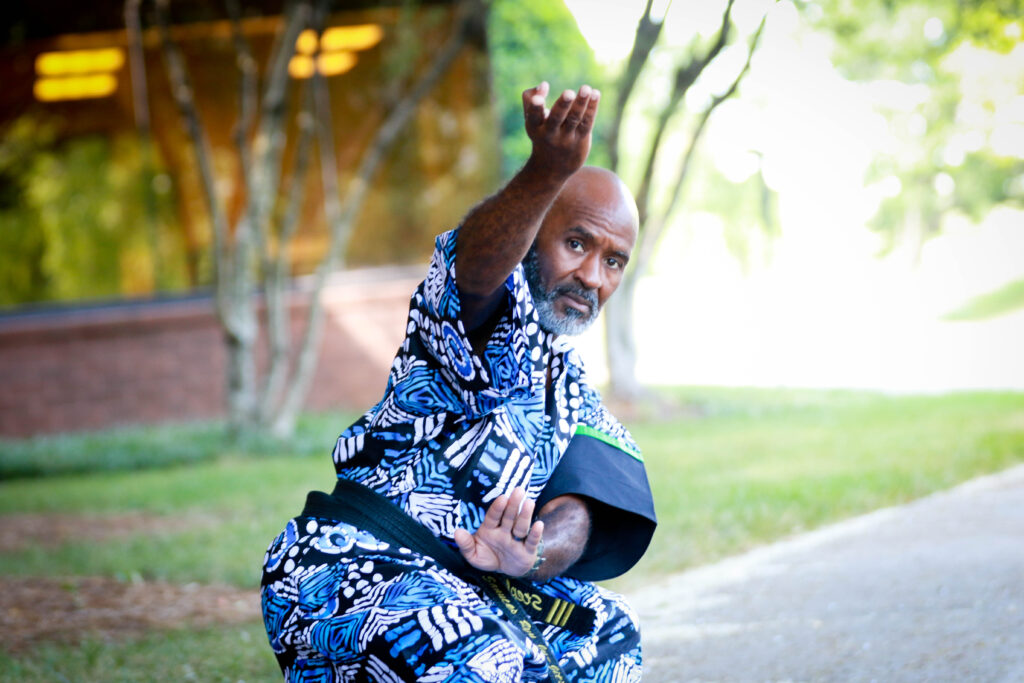Starting out in Jiu Jitsu can feel overwhelming. You’re probably wondering how long it’ll take to earn your belts, what each rank means, and how to make the most of every training session.
The Jiu Jitsu ranking system is a fascinating journey—a progression not just of skill, but of confidence, resilience, and respect for the art.
Let’s dive into how each rank serves a purpose, and why advancing in Jiu Jitsu is so much more than adding a stripe or belt to your collection.
The Foundation of Jiu Jitsu Rankings
Jiu Jitsu’s ranking system, with its colorful belts, is about way more than looking good on the mat.
Each rank is a marker of your growth, effort, and understanding. And I can tell you, those who’ve trained for years know there’s no shortcut here.
Rankings hold you accountable to a standard, ensuring that everyone—from beginners to seasoned practitioners—respects the journey.
History and Significance of Belt Colors
In Jiu Jitsu, colors represent different stages of understanding and growth. Starting with the white belt, each new color signifies both your physical and mental development.
You’ll see colors like blue, purple, brown, and eventually black as you progress. While white is all about learning the basics, black represents deep mastery and dedication.
And purple? That’s the stage where things get exciting—you’re no longer a beginner, but you’re far from “done.” Each belt has its own story, and its own unique challenges.
Progression Stages in Jiu Jitsu
In Jiu Jitsu, there’s no rush to the next belt. This isn’t about hitting a milestone just to move on. Each stage teaches you to slow down, apply techniques thoughtfully, and refine your skills.
Kids, teens, and adults may have different focuses, but the core is always about progression—learning, practicing, and applying techniques that build your foundation and improve with time.
Importance of Discipline in Ranking Advancement
Discipline is essential. You could be learning all the moves, but without consistency and respect for the art, you won’t see progress.
The ranks in Jiu Jitsu reflect this discipline. It’s not about who can show up the most; it’s about who shows up with the right mindset. Respect for the rank isn’t given, it’s earned, and discipline is a huge part of that.
The Adult Belt System in Jiu Jitsu
Adult Jiu Jitsu belts follow a clear structure. Each belt from white to black represents mastery over new techniques and levels of understanding.
There’s a reason each belt takes time to achieve—it ensures you’re gaining practical skills that will serve you well on and off the mat.
White Belt: The Starting Point
The white belt is where everyone begins. As a white belt, you’re learning the essentials: basic holds, escapes, and getting comfortable with rolling.
You’ll likely spend a lot of time on the ground, learning how to position yourself, control your opponent, and find openings. Think of this as Jiu Jitsu 101—the building blocks that set you up for the rest of the journey.
Blue to Purple: Intermediate Mastery
Moving from blue to purple belt is a big deal. Blue belts have nailed the basics and are learning how to adapt them in different scenarios.
Purple belts, on the other hand, are developing their own style and beginning to master the art of control.
This stage is about applying techniques with intention, not just executing them for the sake of it. It’s where creativity starts to shine, and students begin to understand the “why” behind each move.
Purple to Black Belt: Advanced Skills and Philosophy
By the time you reach purple, brown, and black belts, you’re well past the basics. These belts require precision and strategy.
At these advanced levels, you’re refining techniques and focusing on the mental aspects of the art.
Black belts are symbols of dedication, not an end goal. The journey to black teaches you patience, resilience, and a deep respect for Jiu Jitsu’s philosophy.
Children and Teen Rankings in Jiu Jitsu
When it comes to kids and teens, the Jiu Jitsu ranking system has a different approach, focusing on personal growth, discipline, and building confidence.
For young practitioners, learning Jiu Jitsu is as much about character development as it is about self-defense.
Youth Belt System and Progression
The youth belt system is structured to introduce kids to the basics without overwhelming them.
Young practitioners start with white belts and gradually progress through the colors, learning age-appropriate techniques and building confidence along the way. Each rank is a new lesson in respect, discipline, and patience.
Benefits of Ranking for Youth Development
The ranking system provides kids with structure and measurable goals. It’s rewarding for them to earn each belt as they learn new skills, but they’re also developing life skills—respect, discipline, and resilience.
Kids gain confidence knowing they’re learning valuable self-defense techniques while also growing in character.
Transition from Youth to Adult Rankings
Teens moving from the youth system to adult belts experience a unique transition. This shift isn’t just about age; it’s about maturity.
Teens start practicing alongside adults, learning advanced techniques and understanding that mastery is a lifelong journey. It’s a powerful reminder that true growth takes time and dedication.
Criteria for Ranking Advancement in Jiu Jitsu
Advancing in Jiu Jitsu isn’t just about showing up. Every belt promotion is earned by meeting specific criteria, and knowing what’s expected can help you stay on track.
Technical Skills and Knowledge
Each belt requires a set of skills that go beyond basic movements. A white belt, for example, might work on guard control and takedowns, while a blue belt starts mastering sweeps and submissions.
As you progress, you’ll need to demonstrate more complex moves, proving that you’ve internalized the techniques and can apply them with confidence.
Practical Application and Sparring
Sparring is where the learning really happens. Applying what you’ve learned in a live setting is key to moving up. In sparring, you’re not just memorizing techniques; you’re using them in real time.
This is where timing, strategy, and adaptability come into play. You learn how to stay calm, anticipate your opponent, and use energy efficiently.
Character and Discipline Evaluation
In Jiu Jitsu, advancement goes beyond skill. Discipline, respect, and consistency are just as important. Instructors evaluate your character—how you treat your training partners, how committed you are, and how seriously you take the art.
A true Jiu Jitsu student shows humility, listens, and never stops learning, no matter what belt they wear.
Common Misconceptions About Jiu Jitsu Rankings
Let’s clear up a few myths about the Jiu Jitsu ranking system. Advancing through belts isn’t about clocking hours, and there’s no fast track to a black belt.
Time Commitment vs. Skill Mastery
A common misconception is that time alone will earn you a new belt. It’s not about the hours you put in; it’s about the skills you develop during that time.
You could train for years, but if you’re not consistently applying yourself and improving, you won’t progress. Skill mastery takes patience and dedication, not just attendance.
Advancement is Not Automatic
Some people believe belts are awarded just for showing up. That’s not how Jiu Jitsu works. Each belt is earned, not given. Instructors look at your growth, skill, and mindset.
They want to see that you’re applying yourself, learning from your mistakes, and embodying the values of Jiu Jitsu.
Ranking Varies Across Gyms
Not all gyms follow the same standards for belt promotion. Some gyms might emphasize technique, while others focus more on sparring ability.
This variation means that rankings aren’t always uniform, and that’s okay. What matters is that you’re constantly growing, regardless of the belt around your waist.
Why the Jiu Jitsu Ranking System is So Valuable
The beauty of the Jiu Jitsu ranking system is that it provides a structured path to growth and self-improvement. This isn’t just about learning to fight; it’s about becoming the best version of yourself. Every belt you earn reflects your dedication, discipline, and respect for the art.
In Jiu Jitsu, you’ll discover that each belt is a milestone in your personal and physical journey. Whether you’re an adult refining techniques, a teen learning to build confidence, or a child practicing respect, each rank adds layers to who you are.
The ranking system is a reminder that mastery takes time, and the journey is just as important as the destination.
Ready to Start Your Own Jiu Jitsu Journey? Check Out Eye2Eye Combat
Every belt in Jiu Jitsu is a testament to growth, discipline, and a commitment to continuous improvement.
As we’ve discussed, moving up the ranks is about more than just learning techniques—it’s a journey of self-discovery and resilience.
At Eye2Eye Combat, we don’t just teach Jiu Jitsu; we provide an environment where you can grow, refine your skills, and push yourself beyond what you thought possible.
If you’re ready to start your own journey or deepen your practice, come experience what Eye2Eye Combat has to offer.
How many ranks are there in Jiu Jitsu?
In Jiu Jitsu, there are typically five main ranks for adults: white, blue, purple, brown, and black. Each rank signifies a different level of skill, knowledge, and experience. Within these ranks, there are also stripes awarded to track progress between belts, especially during the early stages.
What is the order of Jiu Jitsu belts?
The belt order in Jiu Jitsu goes from white, which is the starting point, to blue, purple, brown, and finally black. Each belt represents a new level of understanding, skill, and responsibility in the art. After black, there are higher degrees, but the journey really begins at black.
What is higher than a black belt?
After black belt, practitioners can earn degrees, which reflect continued dedication, teaching, and contribution to Jiu Jitsu. Higher-ranking black belts may also achieve the red and black belt (7th degree) and, ultimately, the red belt (9th and 10th degrees), though those are rare and signify a lifetime of commitment.
How long does it take to earn a black belt in Jiu Jitsu?
On average, it takes about 10 years to earn a black belt in Jiu Jitsu, though it varies depending on dedication, training frequency, and progress. Unlike some martial arts, Jiu Jitsu places a strong emphasis on skill and experience, so advancing belts is about growth, not just time.
Can kids earn a black belt in Jiu Jitsu?
Kids have a separate ranking system in Jiu Jitsu, focusing on different colors like yellow, orange, and green before reaching adulthood. Kids can progress in belts, but adult belts, including black, are typically awarded once they transition into adult ranks, where they can meet more advanced criteria.
Do you need to compete to advance in Jiu Jitsu?
No, you don’t need to compete to progress in Jiu Jitsu. While competition can be a great way to test your skills, it’s not required for belt promotions. Progress is measured by dedication, technical ability, and growth, so you can absolutely advance without stepping into a competition.





